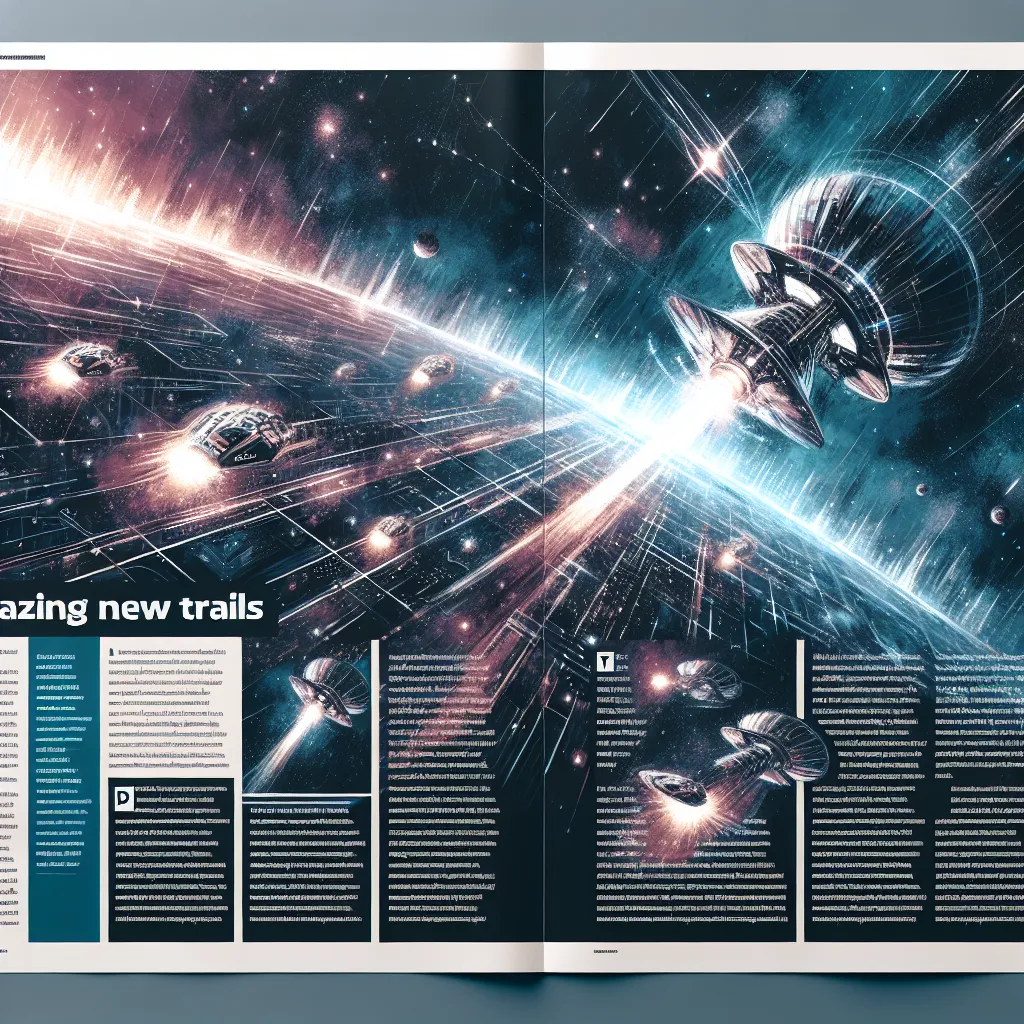We are living in an era of unprecedented space exploration, with technology expanding our understanding of the cosmos like never before. As we continue to probe the farthest reaches of the universe, we uncover fascinating truths that challenge our perceptions and rewrite the cosmic map. Join us on a journey through five recent revolutionary advancements in space technology.
Mars Helicopter Ingenuity
NASA's Mars Helicopter Ingenuity is a marvel of space technology. Being the first aircraft to attempt powered flight on another planet, Ingenuity has successfully completed numerous flights, providing invaluable data about the Martian atmosphere. Equipped with high-resolution cameras, this tiny helicopter offers a bird's-eye view of the Martian surface, revealing features and terrains that rovers cannot reach.
James Webb Space Telescope
The much-anticipated James Webb Space Telescope, set to launch soon, represents a quantum leap in space observation technology. This astronomical observatory boasts a mirror three times the size of its predecessor, the Hubble Space Telescope. It promises to capture images of the cosmos in unparalleled detail, potentially unearthing new galaxies, stars, and exoplanets.
Starlink Satellite Network
SpaceX's Starlink project is a revolutionary step towards global internet coverage. This ambitious project aims to deploy a constellation of thousands of small satellites in low Earth orbit. The goal is to provide satellite internet connectivity to underserved areas of the planet, bridging the digital divide and bringing internet access to remote corners of the globe.
Artemis Program
NASA's Artemis Program marks the return of humans to the lunar surface. This mission will not only land "the first woman and the next man" on the Moon but also establish sustainable lunar exploration by the end of the decade. With the development of new technologies like the Space Launch System (SLS) and the Orion spacecraft, Artemis paves the way for future manned missions to Mars.
Quantum Communication in Space
Quantum communication technology, which uses the principles of quantum mechanics to encrypt data, could revolutionize secure communication in space. In 2017, China's Micius satellite successfully demonstrated the first intercontinental quantum key distribution, a significant leap in secure space-to-Earth communications. This technology could be crucial for future interplanetary missions.
Conclusion
These five advancements are not just scientific achievements; they are stepping stones to a future where space is no longer the final frontier but a new world to explore and inhabit. Each breakthrough, each new piece of technology brings us closer to unraveling the mysteries of the cosmos and expanding the boundaries of human exploration. The universe, it seems, is not as vast and unreachable as we once thought.



